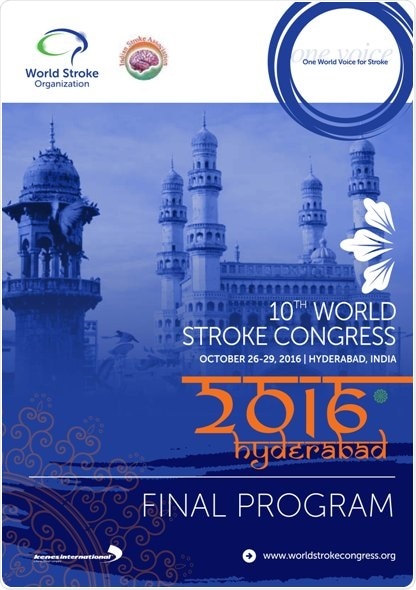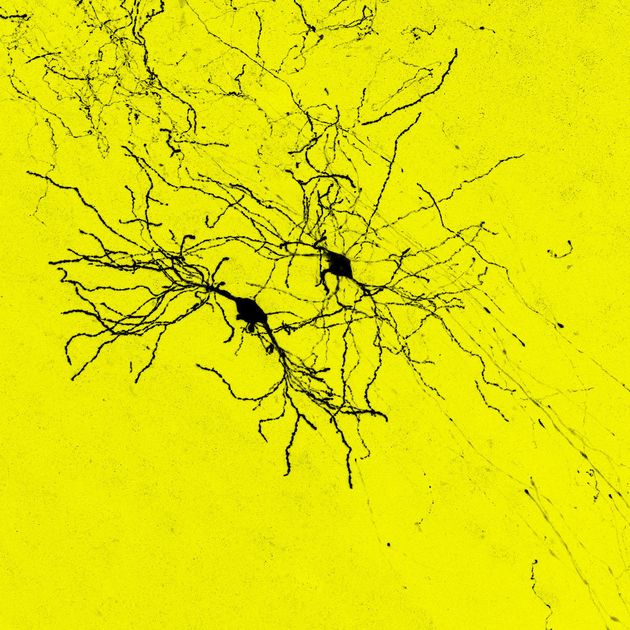Introduction
The rehabilitation of neurological disorders such as
stroke and cerebral palsy is a labor -intensive process that requires
daily one-on-one interactions with therapists. The significant burden
placed on the health care providers and the overall health care system
have stimulated particular interest in technology assisted systems for
neurorehabilitation (Maciejasz et al., 2014),
with the underlying objective of decreasing the workload of the
therapist and to facilitate training with minimal supervision at an
affordable cost. A significant amount of this work has focused on the
development of robotic devices to train upper extremity (UE)
task-related movements (Riener et al., 2005; Prange et al., 2006; Brewer et al., 2007; Balasubramanian et al., 2010).
The advantages of robot-assisted therapy include the ability to
actively assist or resist human motions, to acquire accurate
measurements of the dynamic and kinematic performance of participants
during training using integrated sensors, and to administer repetitive
task-specific training with limited supervision from a therapist. To
date, clinical studies have shown that robot-assisted therapy of the UE
is at least as effective as conventional rehabilitation therapy in terms
of reducing motor impairments over a short-term period (Prange et al., 2006; Kwakkel et al., 2008; Lo et al., 2010; Norouzi-Gheidari et al., 2012)
and thus can effectively complement conventional therapy. Although
conventional therapy, itself is not very productive/ efficient, Duncan
et al. reported that only 33–70% of the stroke patients recover useful
arm ability, and initial paresis severity remains the best predictor of
arm function recovery over 6 months (Duncan et al., 1992; Huang and Krakauer, 2009).
It is possible that the limited recovery success for UE dysfunction
after stroke is hampered by the limited amount of training offered to
the affected population. As such, increasing the frequency and intensity
of training could significantly improve performance (Harvey, 2009).
However, an arguably equal, if not more important factor contributing
to this limited improvement can be attributed to the partial
understanding and incomplete assessment of the disability itself, which
in technology intervention systems has been explored less thoroughly.
Clear knowledge of the level of sensorimotor deficits is required for
devising a comprehensive and efficient training regime (Balasubramanian et al., 2012a).
Conventionally, assessment of motor functions is carried
out by therapists by means of ordinal clinical scales to examine
specific aspects of a subject's motor behavior and devise an appropriate
treatment strategy accordingly (Fugl-Meyer et al., 1974; Lyle, 1981; Gladstone et al., 2002).
For example, the Action Research Arm Test (ARAT) scores performance on
various tasks using a 4-point scale, where 0 indicates no movement and 3
indicates the task is completed with normal performance (Lyle, 1981).
Although the ARAT and other post-stroke motor assessments are widely
accepted and have high test-retest and interrater reliability, their
reliance on ordinal scoring renders them insensitive to subtle
differences in deficit and changes over the rehabilitation lifespan.
Furthermore, the additional time required to perform manual assessment
discourages their regular use in clinical practice to track and
understand motor recovery in the affected population.
It is apparent that stroke rehabilitation would benefit
if clinicians had a complete understanding of the specific sensorimotor
deficits exhibited by the patient (Balasubramanian et al., 2012a).
Robotic technology has the potential to augment the assessment process
by using integrated sensors to record continuous, high-resolution data.
These sensory measurements are collected during normal use of the system
and do not require additional time for a discrete assessment protocol.
These systems are (semi-) autonomous, potentially more objective than
functional assessments, and less prone to human error/subjectivity (Bosecker et al., 2010; Lambercy et al., 2010).
However, this form of assessment has yet to be fully established and
validated when compared to the gold standards, and is expensive due to
the high cost of (most) robotic systems for use in standard clinical
practice.
At Nanyang Technological University (NTU) we have
designed a novel low-cost, planar, table-top robot for decentralized
neurorehabilitation (hereafter called H-Man) (Campolo et al., 2014; Hussain et al., 2015a).
It can benefit participants with limited access to a therapist for
rehabilitation, and with properly validated assessment protocols, can
provide continuous updates about motor progress to the patient, their
caregivers, and the therapy team. In this study, we evaluated the
ability of the H-Man to detect differences in planar self-paced reaching
as a function of neurological status (stroke, age-matched healthy
control), direction (front, ipsilateral, contralateral), and movement
segment (outbound, inbound). In addition, we investigated the
longitudinal sensitivity of these performance metrics to capture motor
performance changes in stroke patients, and examined the relationship
between robotic measures and conventional scales. Multiple studies have
previously addressed variations in performance metrics on workspace.
However, due to variations in protocols/task definitions (for example
point to point vs. path reaching, free reaching vs. supported movements)
and varying outcomes, the reliability, and validity of reaching
movements as measures of upper limb motor functionality is still limited
(Levin, 1996; Archambault et al., 1999; Kamper et al., 2002; Sukal et al., 2007).
Moreover, most of these studies focus on developing relations to
clinical scales and/or inter-relationships between performance metrics.
In this paper, we focus on a more fundamental question: the
distribution/variation of performance outcomes within a control group
and across stroke participants for different directions, and for
different segments of movements [outbound movements (i.e., away from the
body) and inbound movement (i.e., toward the body)]. Multiple papers
briefly address this question but not as a major focus of study
for-example, Kamper et al. and Levin presented studies on free reaching
in 3D and planar supported reaching tasks, respectively (Levin, 1996; Kamper et al., 2002),
which showed modest variations across directions but pre-dominantly
focused on results (of all directions) to establish relationships with
performance matrices and or clinical scales. Here, we report variations
for all directions and performance matrices, for both control and stroke
participants, along with comparisons between inbound and outbound
movement segments. These results help build a clearer understanding of
the characteristics of reaching movements and how they differ across
stroke and healthy participants. Further, we also show the sensitivity
of selected performance measures compared to clinical scales by
analysing longitudinal changes in metrics by assessing performance over a
2-week period, which adds weight to the potential of the H-Man as an
effective assessment tool.
More at link
 Asif Hussain
Asif Hussain Aamani Budhota
Aamani Budhota Charmayne Mary Lee Hughes
Charmayne Mary Lee Hughes Wayne D. Dailey1,5,
Wayne D. Dailey1,5,  Christopher W. K. Kuah
Christopher W. K. Kuah Lester H. L. Yam
Lester H. L. Yam Karen S. G. Chua
Karen S. G. Chua Etienne Burdet
Etienne Burdet Domenico Campolo
Domenico Campolo

